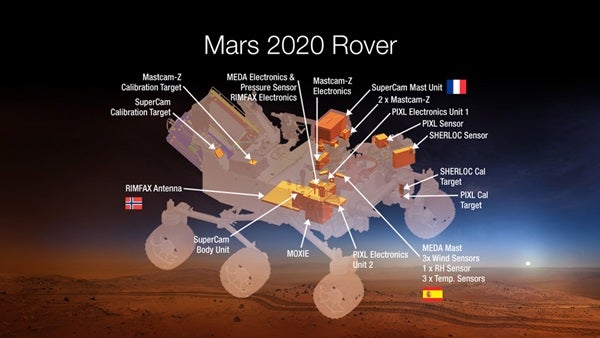For missions to extreme environments, like Solar Probe Plus or the Europa Multiple Flyby Mission, the spacecraft needs to contend with unique hazards. Solar Probe Plus will be going closer to the Sun than any previous spacecraft, requiring a special thermal protection system. The Europa mission will need to contend with Jupiter’s radiation belts, requiring a radiation-hardened design. From a science perspective, instruments needed to answer target-specific questions can drive accommodation. The need to penetrate Titan’s thick atmosphere, for instance, was the primary motivation behind the Cassini RADAR.
There are also sound technical reasons for not re-building some aspects of reliable designs. While mechanical systems can be readily replicated, electrical systems are much harder. If you set out to re-build Cassini or even the Mars Exploration Rovers (MER), you’ll find that the electrical parts are no longer available. Moreover, many of the sub-contractors will likely be out of business. The time-scales involved in NASA planetary missions often preclude cost savings from multiple builds. Reliability requirements can also inhibit savings.
Despite being built at the same time, the final cost of both Mars Exploration Rovers — Spirit and Opportunity — was not far off from double the initial estimates of Spirit alone.
Regardless, you do make an excellent point. One could argue that sending multiple MER-class rovers to Mars would be a cost-effective way to survey multiple landing sites for future sample-return and/or human landings. While you might not save substantial funds from the multiple-builds, you can still fit several MER-class rovers into the budget of one Curiosity-class mission. Similarly, rather than sending another flagship like Cassini, you might be able to explore Titan using a series of dedicated smaller missions.
Spacecraft Planetary Imaging Facility, Cornell University
Ithaca, New York










